The recently elected President of the European Society of Radiology, Prof Adrian Brady, talks to David Lynch about his new role, workforce challenges, and how artificial intelligence is affecting the specialty.
Radiology is a diagnostic process which plays a vital role from the earliest moments of life until after it ends. This will be reflected in next year’s European Congress of Radiology (ECR) in Vienna, Austria, in early March.

The official theme of ECR 2023 is ‘The Cycle of Life’, and it was chosen by the European Society of Radiology’s (ESR) new President, Prof Adrian Brady.
Prof Brady is Consultant Radiologist at the Mercy University Hospital, Cork, and a Clinical Professor of Radiology at University College Cork (UCC), with particular interests in interventional radiology and abdominal imaging.
The annual meeting is organised by the ESR and Prof Brady became President when ECR 2022 came to a close during the summer. The ECR is regarded as one of the biggest scientific meetings on the calendar in Europe.
Prof Brady already has his eyes on next year’s event in Austria.
“The theme I have picked is the cycle of life,” he told the Medical Independent (MI). “What I’m thinking about in that respect is that I want to ref lect the fact that radiology has a major impact and input into every aspect of life… to after life.”
He said that ECR 2023 will have many sessions “about conventional radiological issues that would happen at any conference” dealing with “children, adolescents, adults and older people, which will all be an essential part of the programme”.
However, the upcoming March conference will also “take a broader view towards content to show just how broad our specialty is”.
So next year’s event will host sessions and lectures on antenatal radiology, for example, and will include lectures and sessions on post-mortem imaging and forensic radiology.
“There will also be courses on radiology’s application to other areas that would not automatically come to mind. For example, radiology’s input into archaeology, palaeontology, and radiology’s impact in other non-medical applications, such as studying artwork. These will be peripheral aspects of what we will be doing in the Congress – most of it will be very conventional. But we want to show the fact that radiology is a significant contributor to healthcare throughout life and beyond.”
While organising the ECR is a significant part of the ESR’s business, the Society has a wider remit. According to its website, the ESR’s “mission at all times is to serve the healthcare needs of the general public through the support of science, teaching and research, and the quality of service in the field of radiology”.
With over 129,000 members across the globe, it has grown to become the largest radiological society in the world.
Therefore, the ESR reflects the challenges and current issues in the world of radiology, from workforce planning to the growing influence of technological innovation.
Workforce
Everyone working in medicine in Ireland has grown familiar with the details of the ‘recruitment and retention crisis’ for consultants across many specialities. Radiology is no different, and it faces some particular workforce challenges.
In September 2021, this newspaper reported that the national clinical programme for radiology recommended the training of approximately 30 additional interventional radiologists to deliver 24/7 access to treatment for patients in Ireland. The authors of the recommendation said that Ireland needs at least an additional 150 radiologists over the next decade, including the 30 interventional radiologists.
Earlier this year, MI reported that the HSE safety and quality committee meeting in March discussed “risk in relation to the ability to recruit consultant radiologists for BreastCheck”.
An Executive spokesperson admitted to this paper that “recruiting breast radiologists in Ireland is challenging for many reasons”.
“A joint working group with the National Cancer Control Programme has been established following sign-off by the Chief Clinical Officer [Dr Colm Henry] to consider medium- and long-term goals to support breast radiology,” the spokesperson added.
Do the significant challenges of recruiting radiologists in Ireland make this country stand out from other developed nations?
“Yes, Ireland is an outlier,” said Prof Brady. “Not to put too fine a point on it, if you look at OECD data for the number of radiologists per 100,000 of the population, the two countries that are right at the bottom in the developed world are the UK and Ireland.” The ESR President said that he had just returned from a conference in the UK where this “very issue” was discussed.
With regard to Ireland, “we are both vastly underserved in terms of the number of radiologists who are being trained and the number of radiologists who are being employed.”
“There is a lot of talk in the press about expanding access to diagnostics in Ireland, which is a good idea. But there is very little talk about where those people who are going to interpret those diagnostic tests are going to come from.”
Prof Brady said there is an “inadequate number of people coming on stream” as fully trained radiologists.
“The need for central approval for salaries for additional trainee posts, and the limits applied to those approvals, are the chief limiting factors on the numbers of future consultants being trained,” he explained.
Prof Brady said this all means “that you end up with a pretty underserved system, with a workforce in place which is being asked to deal with a workload about double what would be the norm in most equivalent countries…. Even within those parameters it is hard to find bodies to fill those slots.
“If you put this on top of the other recruitment difficulties that exist for recruiting consultants in Ireland [in general]… then yes, we do have a major problem in terms of the people who are training and the numbers of people we are employing.”
Prof Brady is currently co-leading a Europe-wide project that is funded by the European Commission to look into issues of education, training, workload, and workforce availability for positions, such as radiologists, radiation oncologists, and radiographers.
“We are running this project for the next three years on behalf of the European Commission,” said Prof Brady.
“The intention, at the end of it, is that I’m hoping we’ll produce a set of recommendations that will include things like – if you have a population of x then you should have y number of radiologists or radiation oncologists and so on.”
It is hoped that this will lead to European level guidance on how many people should be trained and employed in a given specialty to serve a set population.
“I’ve absolute confidence that if such guidance was available now, it would show that the numbers of radiologists in Ireland are vastly inadequate in comparison with other developed countries.”
Artificial intelligence
Prof Brady has published and spoken widely in recent years on professional issues. These issues have included radiologists’ workload, errors and discrepancies, reporting style and structure, value-based imaging, and artificial intelligence (AI) in radiology.
On the latter topic, prior to the Covid-19 pandemic, MI reported on an address Prof Brady gave to the Annual Health Informatics Society of Ireland (HISI) Conference and Scientific Symposium in November 2019. At that meeting in Croke Park, he tackled issues around ethics, liability and the impact of the technology on radiologists’ working life.
Three years on, does AI still remain a major topic within the specialty?
“Very much so,” he confirmed. “AI is actually opening whole new areas for radiology that we never thought about before. So yes, it is going to change things.”
But expecting certainty, expecting binary ‘yes’ or ‘no’ decisions, is misunderstanding the whole situation
However, early predictions from some that the technology could eventually replace radiologists have proved far-fetched.
“Back around about 2015, some people were predicting that AI would do away with radiologists. It wasn’t radiologists who were saying this,” he said. “But it’s not going to put us out of business. Like any other development what it does is that it opens up new opportunities.”
He said that AI may take on “a lot of the mundane tasks” which are done on a predominantly manual basis.
It is in areas such as personalised medicine where its greatest impact may yet be made. For example, this would include the potential of the technology to help create targeted therapies for specific cancer cells in individual patients.
“In terms of the ethical issues, we are kind of learning about AI as we go on and by using it,” said Prof Brady. “We are also learning about what are the potential pitfalls, what are the things that can go wrong; this is where my work on the ethics behind AI comes in.”
“We need to define the standard of how this is done before we start using this [AI technology] in a widespread manner. Because it would be unimaginable to find ourselves in a scenario where these new tools are being used but we haven’t thought about whether it is ethical to do what we are doing.”
Prof Brady, who has been involved in international work to produce published statements on the ethics of AI in radiology, noted the potential for abuse of patient data as an example of something that must be addressed.
“There is nothing intrinsically ethical or unethical about machine learning algorithms. What matters is how they are written and programmed and we need to think about all the sort of things that can happen with the data that are being used to develop the algorithms.”
Discrepancies
Prof Brady has also recently written on the issue of ‘errors’ and ‘discrepancies’ in radiology. The ESR President thinks there is a lack of general understanding outside of the specialty on these matters.
“A lot of people misunderstand the nature of what we do,” he said.
Prof Brady gave the example of a CT scan where a patient may be disappointed if there is not a clear “confident” diagnosis.
“One thing I would like people to understand a little bit better is that medicine is, by its nature, an uncertain business most of the time,” he said.
“We are asked quite often to rule out something following an x-ray or scan… but you can’t rule out something that begins at the level of one cell. You can’t take a CT scan and rule out cancer, because cancer may be there at a level that is undetectable.”
The same applies to detecting an infection through a chest x-ray.
He said that if a radiologist does not make what is perceived to be a “confident diagnosis” people often think the radiologist has perhaps made an error.
“Of course, that is not what it is like at all… infection [in the case of a chest x-ray] may be at a level that is simply not visible.”
Prof Brady said that when he describes the lack of understanding he does not mean just patients or some in medicine.
“I mean the general public, politicians, commentators in the press,” he stated. “They need to understand that medicine is riven with uncertainty.”
“At all times we are trying to use the information that is available to us to get as close to certainty as we can, and most of the time we achieve that. But expecting certainty, expecting binary ‘yes’ or ‘no’ decisions, is misunderstanding the whole situation.”
President
Founded in 2005, the ESR was created through the merger of two established radiological societies, the European Association of Radiology (EAR) and the European Congress of Radiology (ECR). Since its foundation 17 years ago, the ESR has not had an Irish President until now.
Prof Brady has been involved in ESR activities for many years and chaired the ESR quality safety and standards committee from 2017 to 2020.
After medical school and radiology training in Dublin, he moved to Canada for fellowship training in Hamilton, Ontario, before becoming a staff radiologist in Toronto. In 1995, he moved to his present post in Cork.
The presidential role is an elected one following the votes of eligible European countries and some beyond the continent. Prof Brady said that he is “very proud” to be elected considering he hails from a country of just five million people.
He added that he hopes that his time in office “raises the profile of Ireland on an international medical stage, and of the academic bodies we represent, the universities, such as my own university [UCC]”.
“I hope it raises the profile of the skills that are available in the radiology workforce within Ireland, which are at a magnificent level. Ireland is a very highly skilled country in terms of the graduates we produce and the services we provide.”
The Cycle of Life – an Irish influence
The European Congress of Radiology (ECR) 2023 poster takes its inspiration from the Congress slogan, ‘The Cycle of Life’, and it is also influenced by Irish history and culture.
The theme of the ECR 2023 was chosen by European Society of Radiology (ESR) President, Prof Adrian Brady.
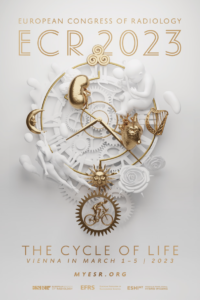
According to the ESR’s website, “the foundation of the poster is based on the trispiral (triskelion), or ‘Spiral of Life’, an ancient motif carved in the Irish neolithic passage tomb at Newgrange, built around 3200 BC, and represented at the apex of the poster.”
“It has been ascribed many different meanings in different usages; one suggestion is that the spiral of life represents the cycle of life, death, and rebirth.”
The website notes that the various stages of life are depicted on the poster.
“The clock on which all these elements are mounted is shown at 20.23hrs, the year of our Congress.
“Finally, all of these elements are connected together through an intricate array of cogs and wheels, powered by one man on a bicycle, keeping all the elements turning by the strength and capacity of his body. This acts as a reminder that each person’s cycle of life is unique, sustained as much as possible by their own abilities and efforts.”
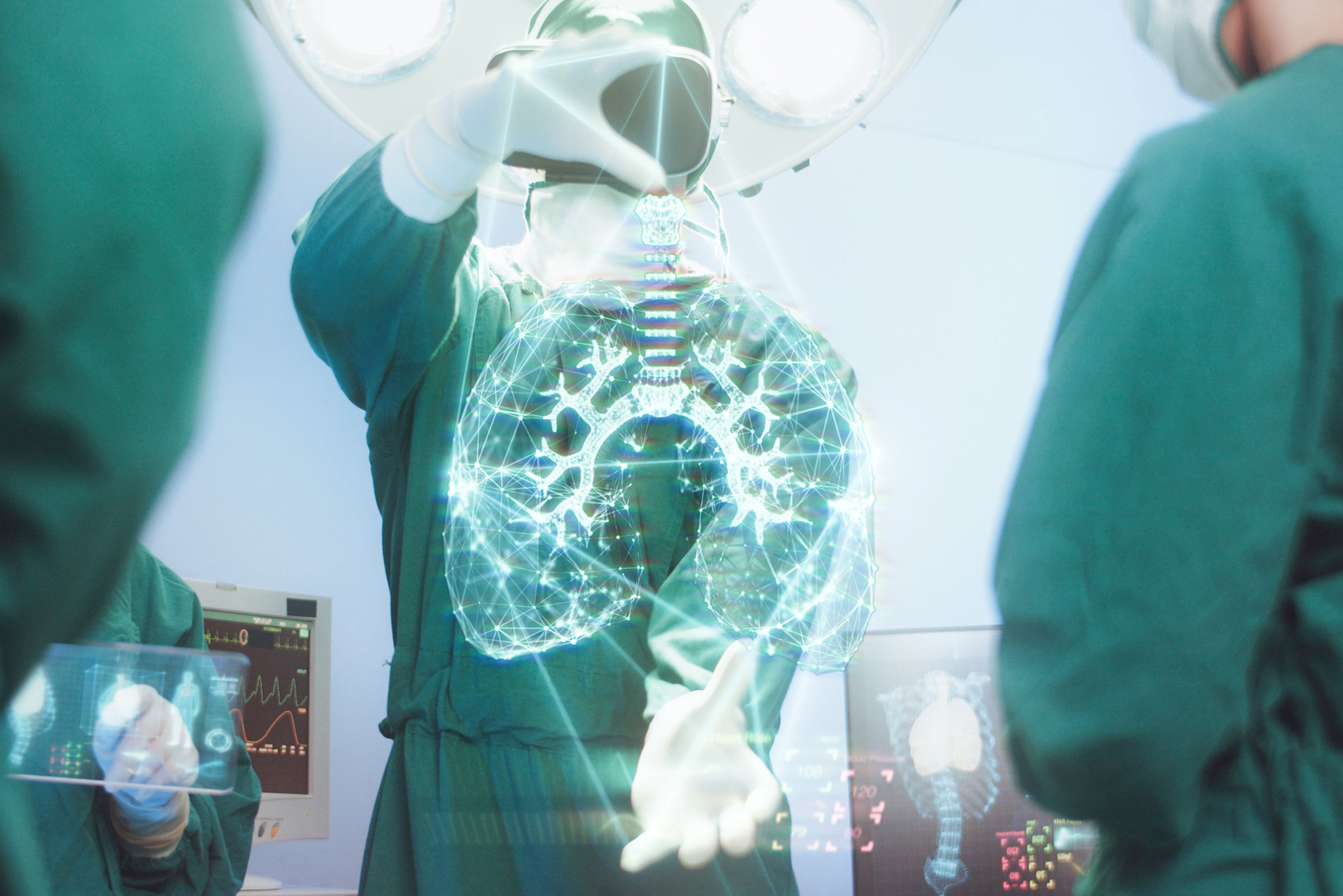
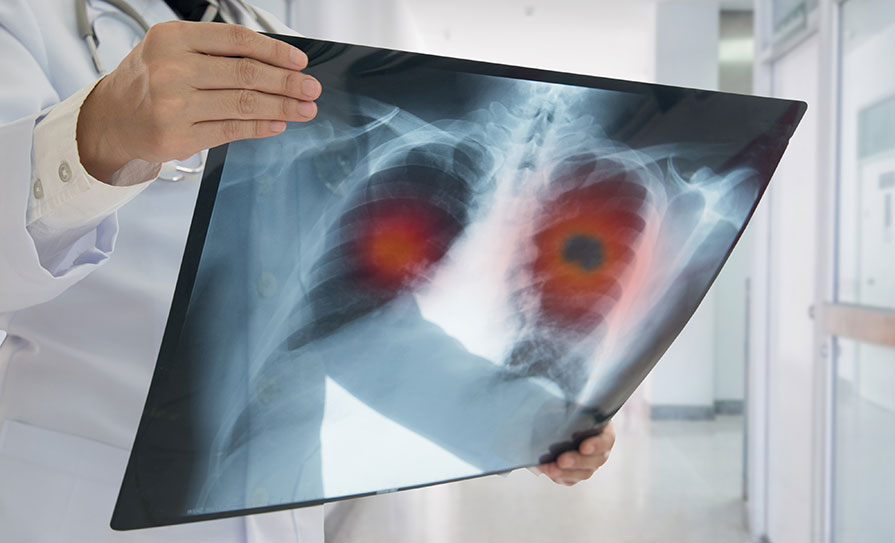
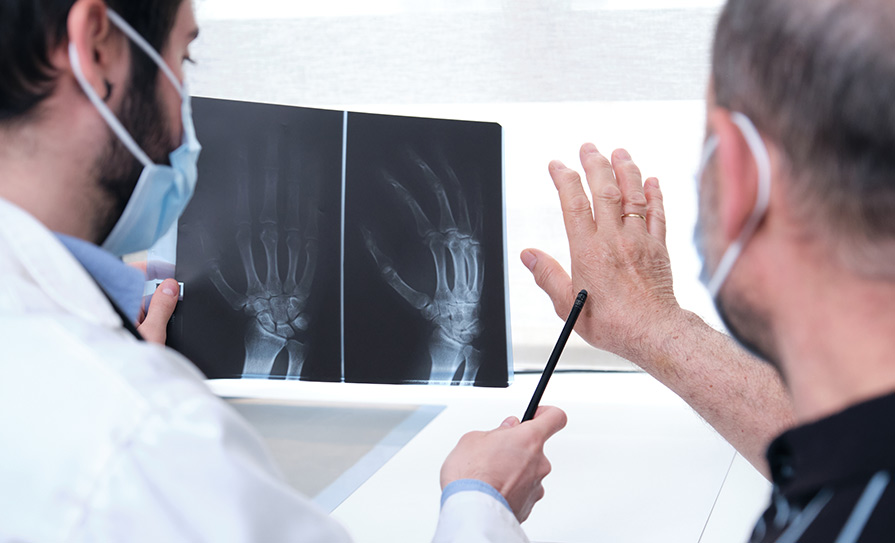
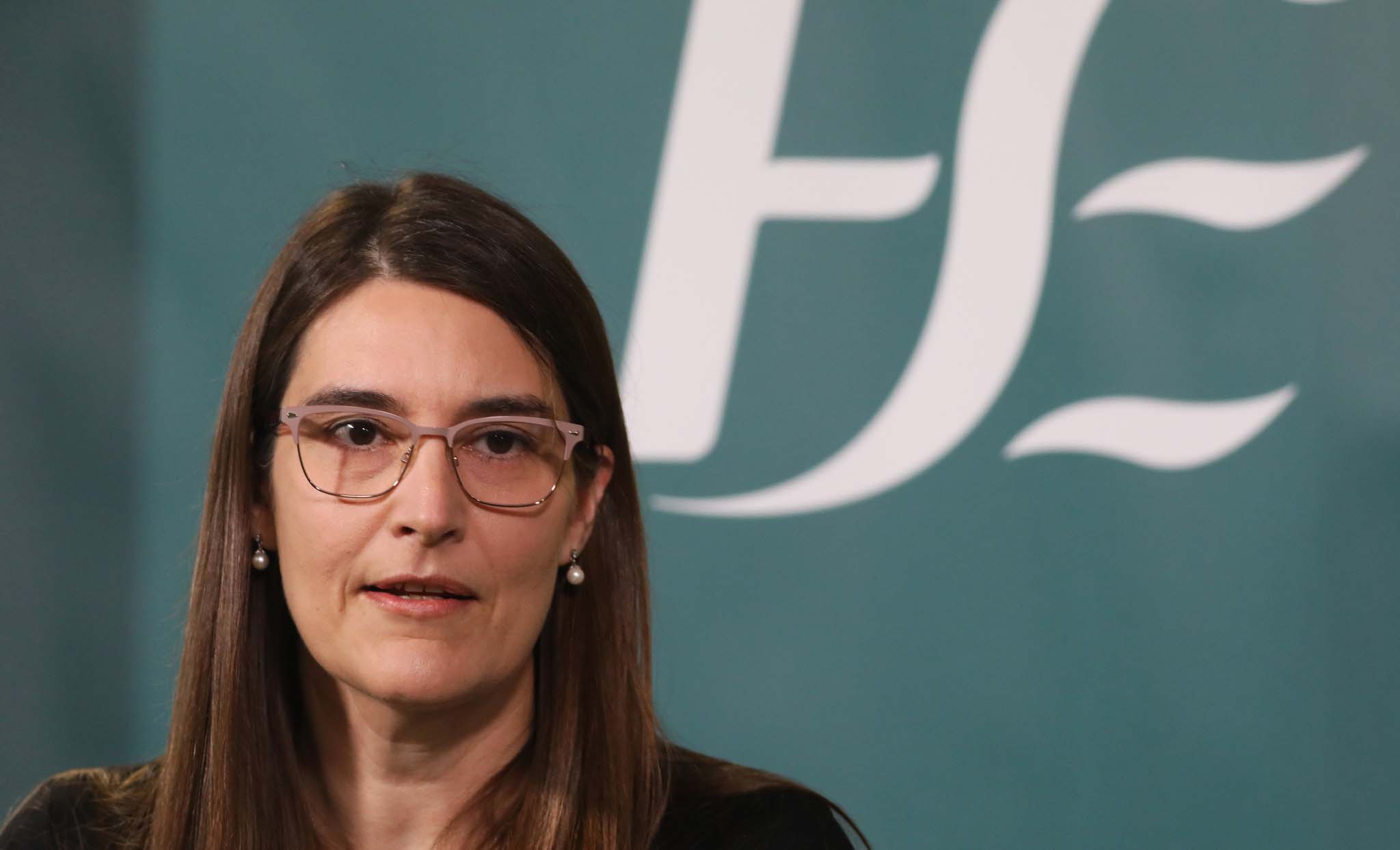
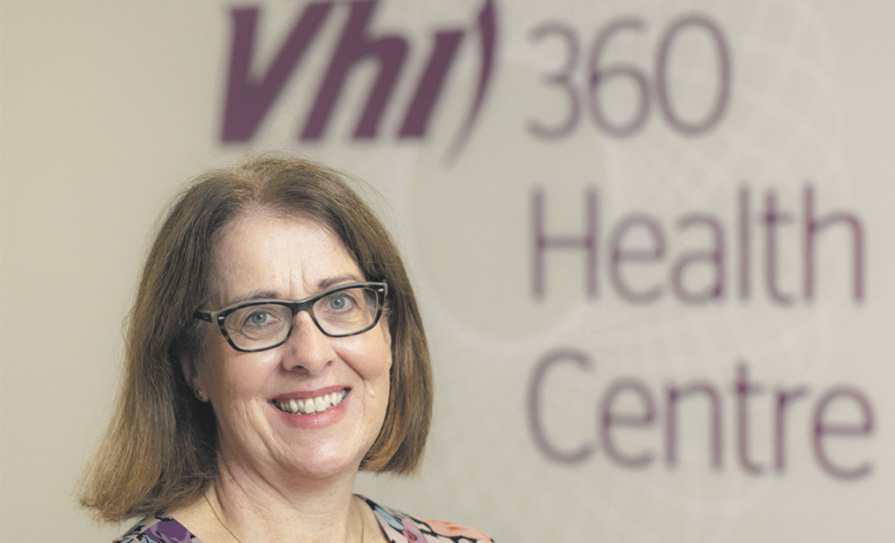


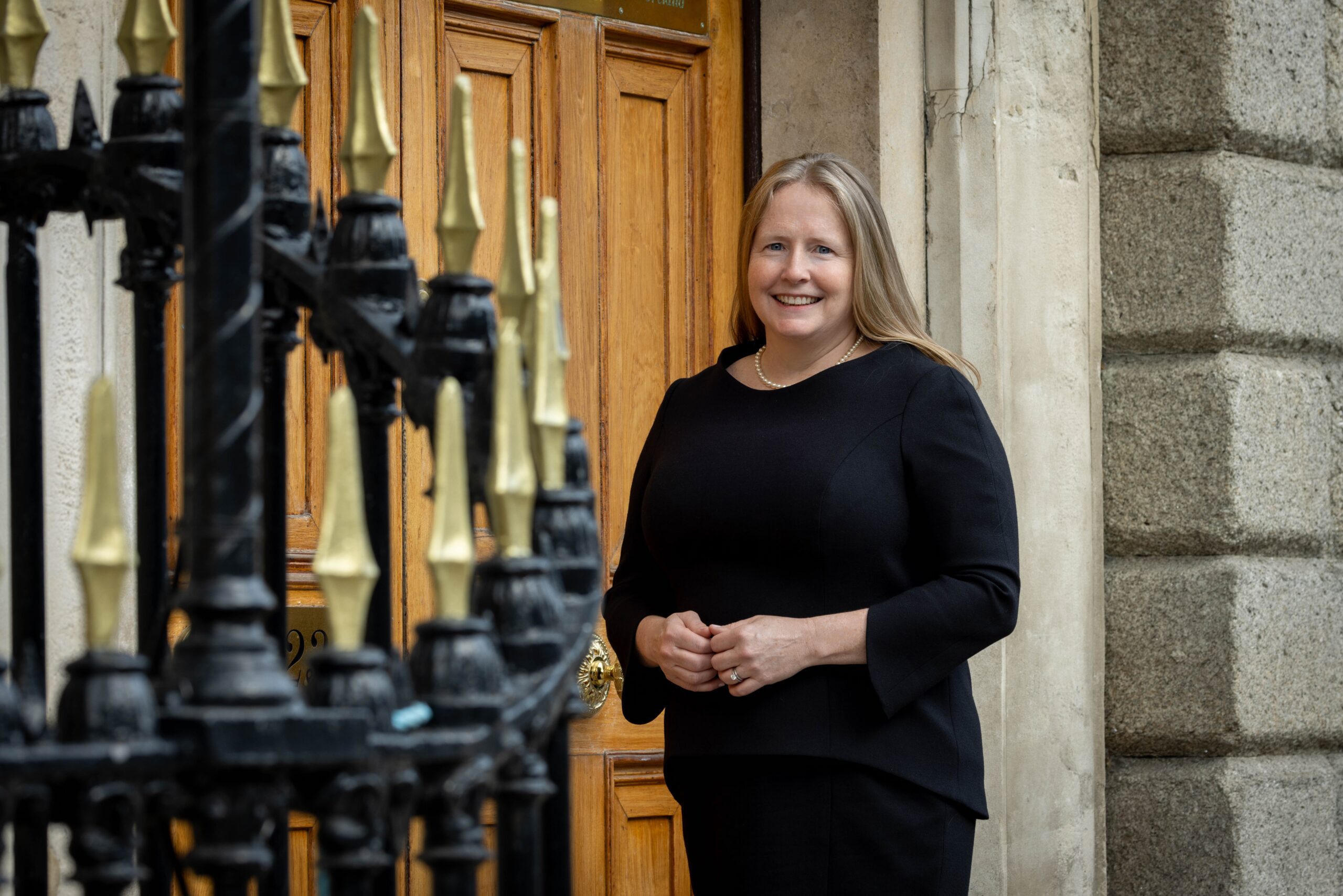
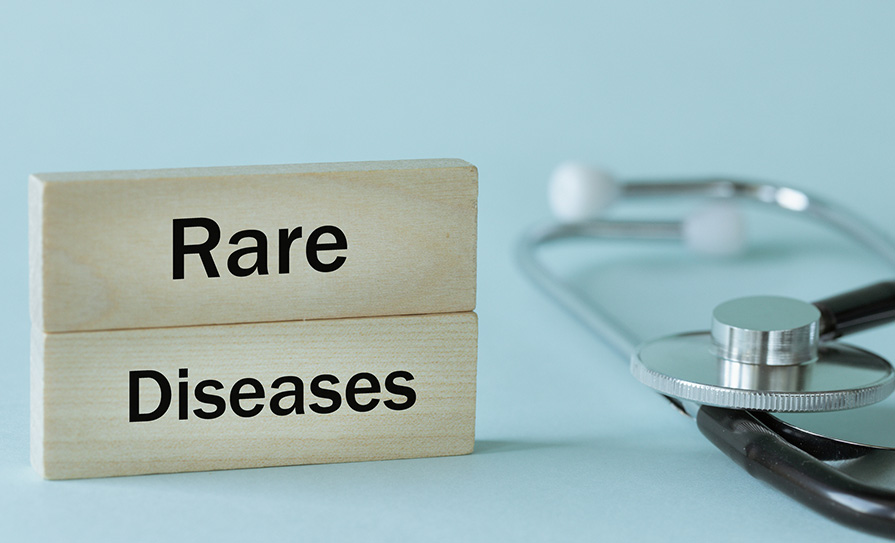




Leave a Reply
You must be logged in to post a comment.